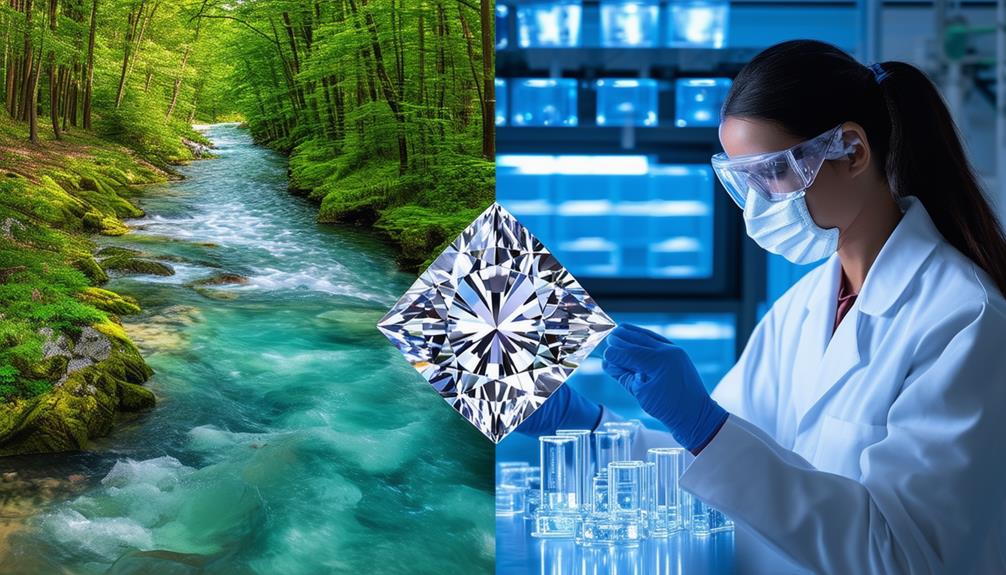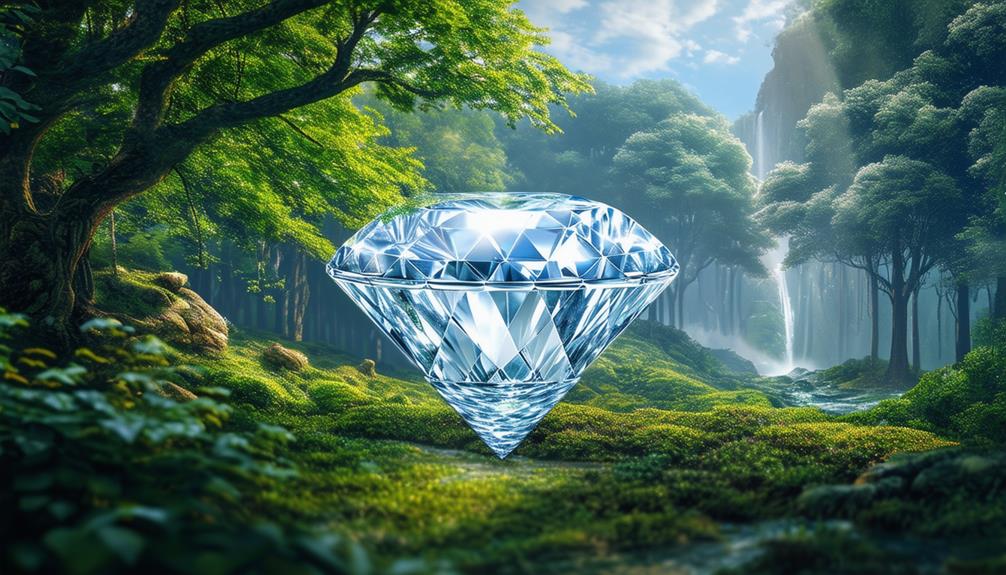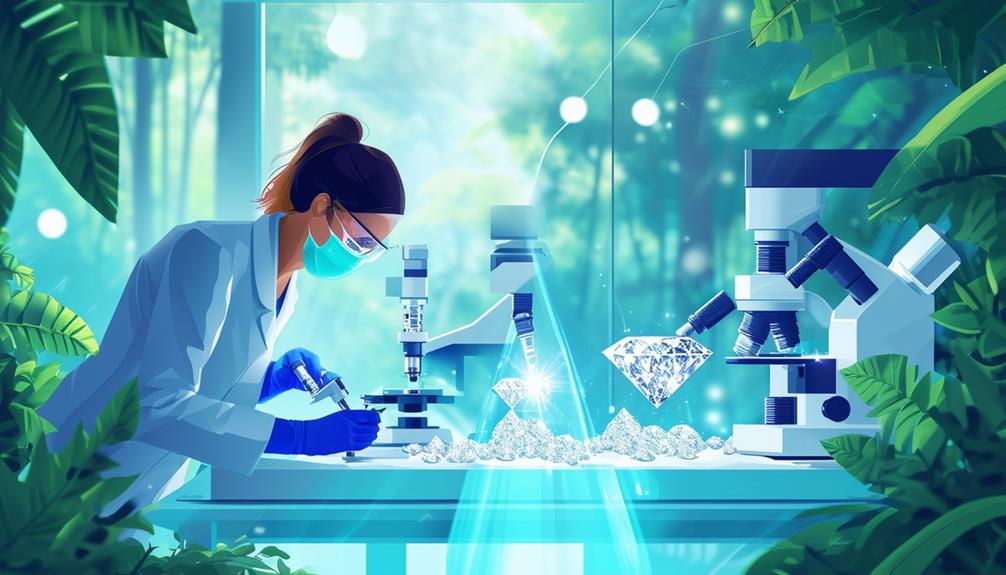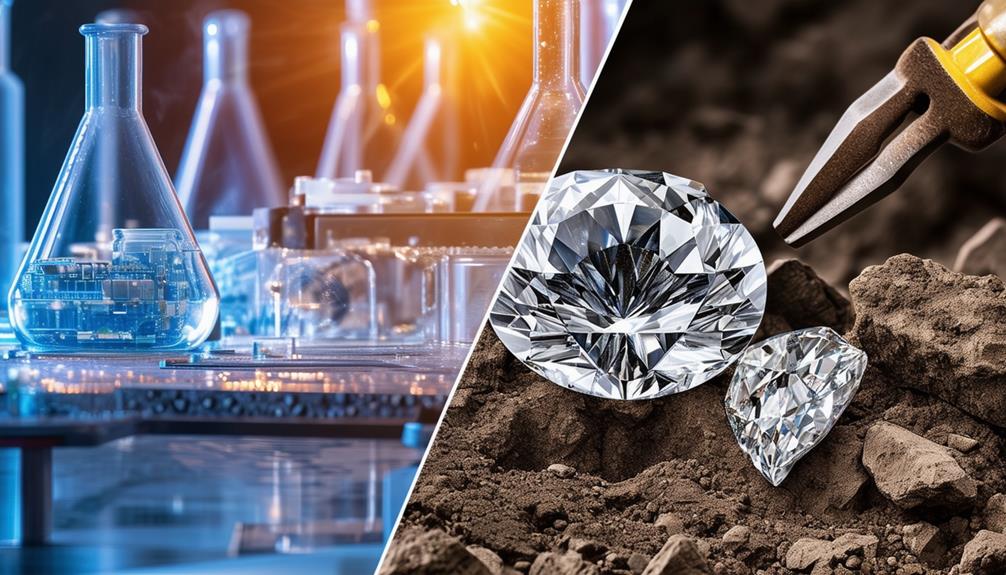
by Andrew Wilson | Aug 16, 2024 | Sustainable Lab-Grown Diamonds
In the jewellery industry, the debate between lab-created and natural diamonds centres on sustainability and ethics.Lab-created diamonds are produced in controlled environments that significantly reduce environmental impact and eliminate the ethical issues... 
by Andrew Wilson | Aug 12, 2024 | Sustainable Lab-Grown Diamonds
Lab-created diamonds significantly reduce the environmental impact associated with traditional diamond mining. These diamonds are produced in controlled environments, which reduces land and water degradation, thereby preserving ecological... 
by Andrew Wilson | Aug 9, 2024 | Sustainable Lab-Grown Diamonds
Lab-created diamonds, produced using High Pressure High Temperature (HPHT) or Chemical Vapor Deposition (CVD) methods, possess the same visual and physical properties as natural diamonds. These diamonds contribute to environmental... 
by Andrew Wilson | Aug 5, 2024 | Sustainable Lab-Grown Diamonds
Lab-created diamonds significantly reduce environmental impact, emitting only 0.028 kg of CO2 per carat, compared to 125 kg for natural diamonds. These diamonds are produced in a matter of weeks using less harmful methods such as CVD (Chemical Vapor... 
by Andrew Wilson | Aug 2, 2024 | Sustainable Lab-Grown Diamonds
Lab-grown diamonds, often promoted as an eco-friendly option, actually have a considerable environmental impact, with each polished carat resulting in approximately 511 kilograms of CO2 emissions. This figure is notably higher than the 160 kilograms of CO2... 
by Andrew Wilson | Jul 29, 2024 | Sustainable Lab-Grown Diamonds
The analysis of carbon footprints for synthetic versus natural diamonds highlights significant differences in environmental impacts. Synthetic diamonds, manufactured through high-pressure high-temperature (HPHT) or chemical vapor deposition (CVD)...






